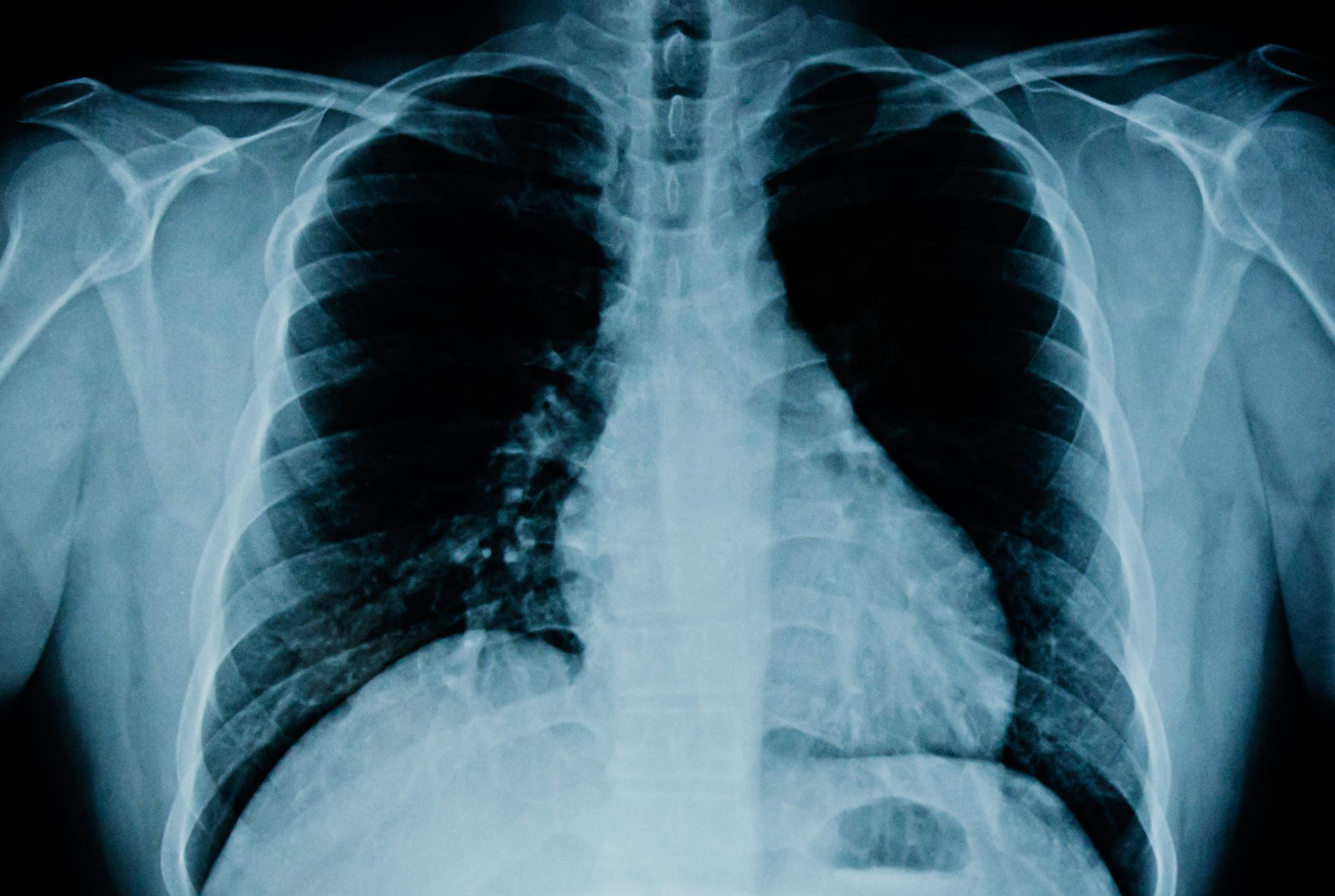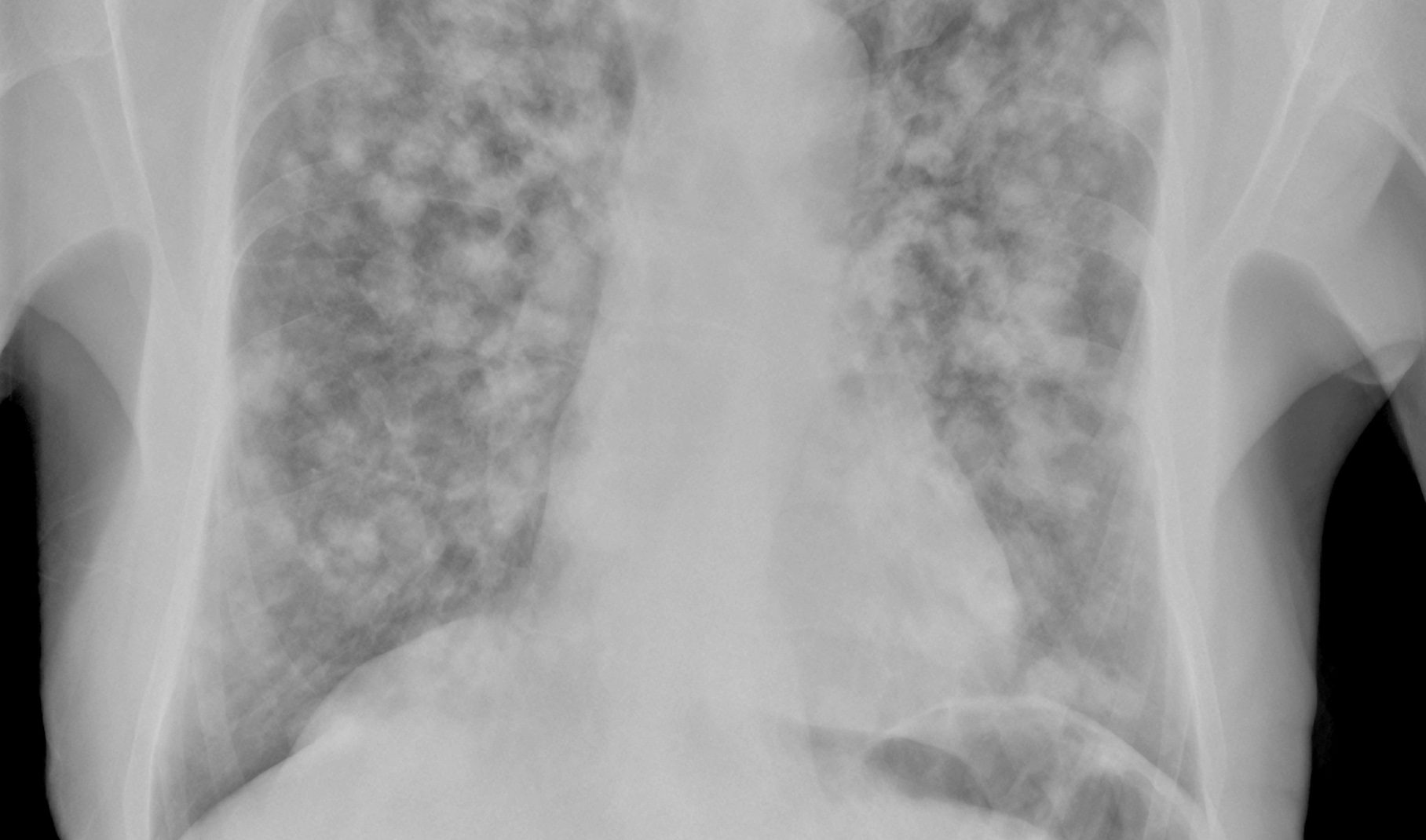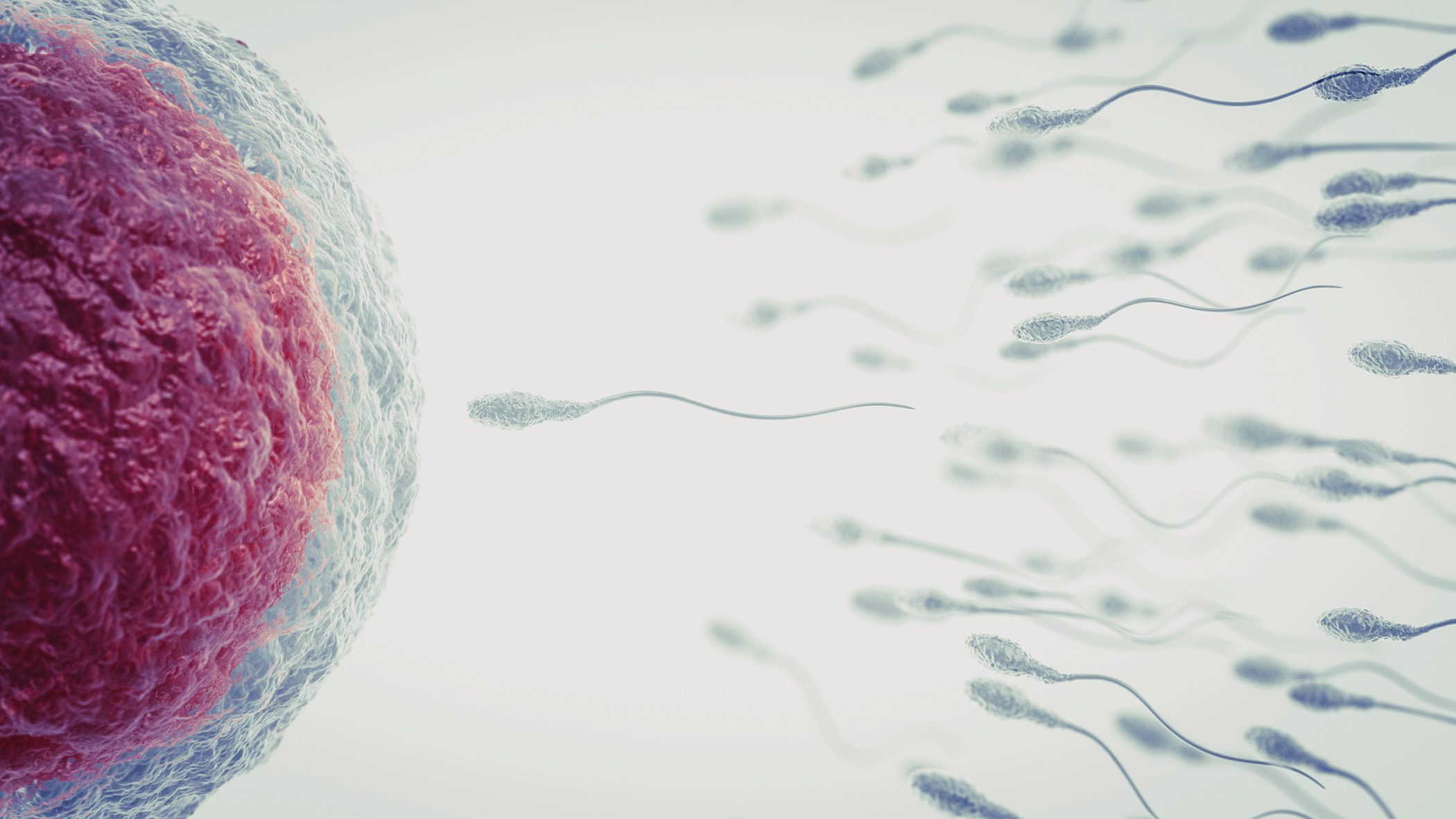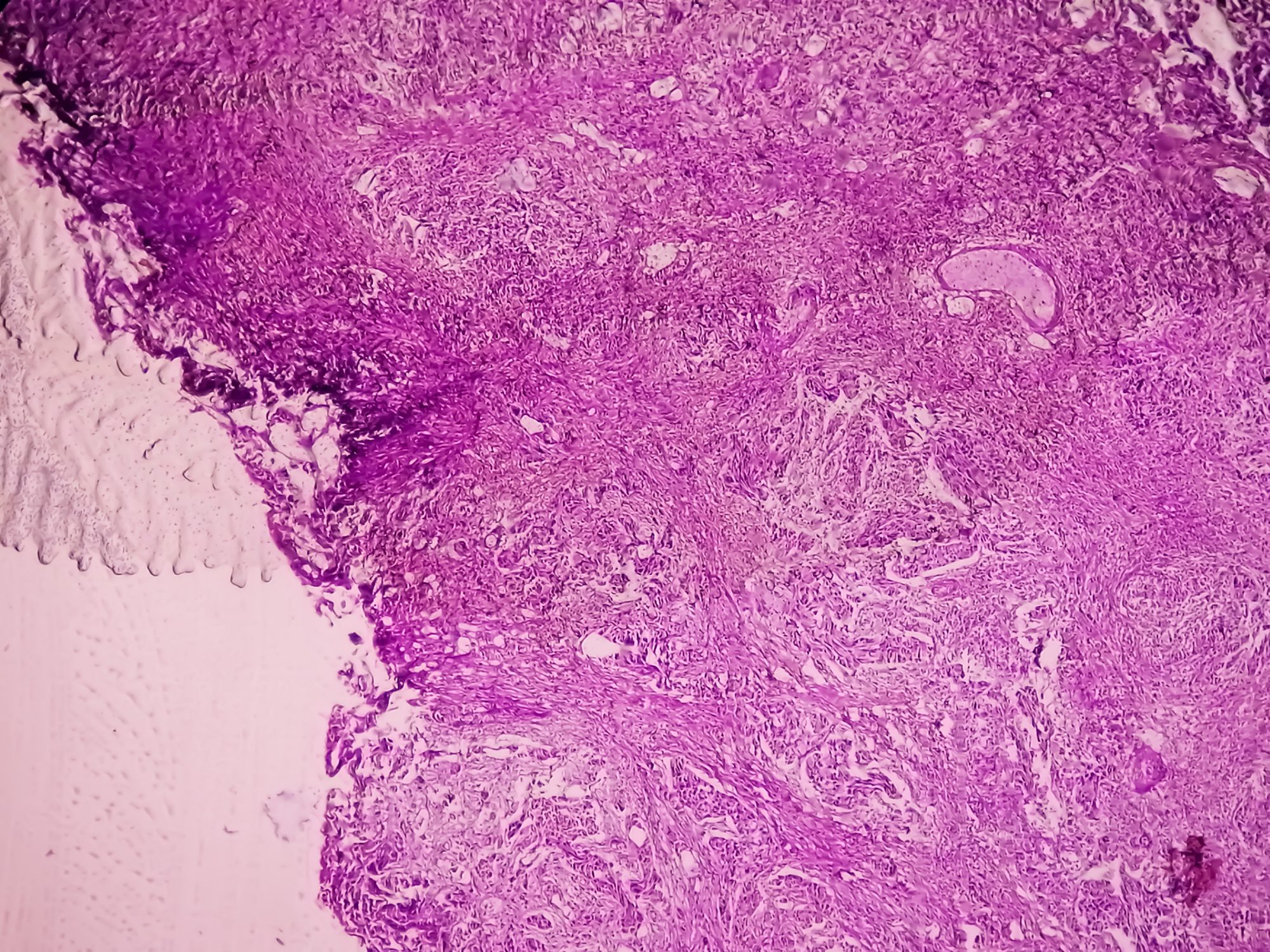In severe cases of cold agglutinin disease – a special form of autoimmune hemolytic anemia (AIHA) – timely diagnosis and treatment is crucial for patient survival and long-term preservation of organ function, given the potential for rapid hemolysis and the risk of end organ damage.
Hemolytic anemia is present when the reduction in the number of red blood cells is caused by a reduction in the lifespan of the cells as a result of cell destruction [1]. Cold agglutinin disease (CAD) accounts for 16-32% of cases of autoimmune hemolytic anemia (AIHA). It is caused by so-called “cold agglutinins”, which are IgM autoantibodies against erythrocyte antigens that bind to surface antigens of erythrocytes below the core body temperature (≤37°C with an optimum of 3 to 4°C) [1,2]. The appearance of CAD can range from mild cases, which are largely asymptomatic, to severe anemia, which in rare cases can lead to organ failure [2,3].
Check for hemolytic anemia
Hemolytic anemia should be included in the differential diagnosis of any normocytic or macrocytic anemia [10]. Common clinical manifestations are fatigue, weakness, jaundice and hematuria (dark urine). However, laboratory evidence is essential for definitive diagnosis, including but not limited to an increase in reticulocyte count (increased erythropoiesis activity in the bone marrow), an increased LDH level (indicator of increased cell destruction) and an increase in unconjugated bilirubin (increased hemoglobin breakdown) [19–21].
In CAD, the cold antibodies can lead to clinical symptoms that may be related to agglutination of the erythrocytes in cooler regions of the body (acres) on the one hand and hemolytic anemia on the other. Livedo reticularis, Raynaud’s phenomenon and cyanosis are common in patients with CAD [2]. Patients with (CAD) also have a significantly higher risk of thromboembolism [4]. The mean age at onset of CAD symptoms in a retrospective study of 89 patients was 65 years and the mean age at diagnosis was 72 years [5,6]. But younger people can also be affected by CAD.
Primary vs. secondary CAD
In secondary CAD, cold agglutinin-mediated AIHA is caused by or associated with another clinical disease such as an infection with viruses like Mycoplasma pneumoniae, Epstein-Barr virus, cytomegalovirus, SARS-CoV-2 or a malignant disease, usually an open B-cell lymphoma [7]. There is no evidence-based therapy other than treatment of the underlying disease. Upstream complement inhibition has a strong theoretical rationale as a temporary measure until treatment of the underlying disease takes effect, but the benefit remains unproven except by casuistic observations [7].
Current treatment options for primary CAD
In the specialist literature, symptomatic anemia, pronounced fatigue or stressful circulatory problems are cited as indications for treatment of primary CAD [7]. The use of corticosteroids, non-specific immunosuppression or splenectomy is not recommended nowadays [7]. Clonal B-cell lymphoproliferation and complement-mediated hemodialysis are the most important targets for modern treatment of CAD [8]. Table 1 lists the most important treatment options in this regard [7]. Rituximab at a weekly dose of 375 mg/m2 for 4 weeks is the most commonly used first-line therapy, although response rates are modest and the duration of response is relatively short [7,9,10]. The addition of bendamustine significantly improves response rates and duration of response, but is also associated with some toxicity [11].
Advantages of the existing B-cell targeted therapies are the time-limited treatment, the high rate of overall response and complete response and the long duration of response with bendamustine plus rituximab, as well as relief of circulatory symptoms and hemolytic anemia [7]. Disadvantages are the often long time to response, the existing, albeit usually manageable, toxicity of bendamustine plus rituximab and the relatively low response rate and short duration of response with rituximab monotherapy [7]. The most extensively studied complement inhibitor, sutimlimab, was approved in Switzerland in 2023 for the treatment of CAD (Enjaymo®) and has a very rapid onset of action, a high response rate and low toxicity. A disadvantage of Sutimlimab is that treatment is likely to be required over an indefinite period of time. Sutimlimab is administered in the form of biweekly intravenous infusions [7]. Pegcetacoplan, a pegylated peptide that binds and inhibits complement factor C3, is approved in this country for the treatment of paroxysmal nocturnal hemoglobinuria with persistent anemia. Phase II study data are available in the indication area of cold agglutinin syndrome [18].
What to do with critically anemic CAD patients?
Acute exacerbations of CAD are often triggered by exposure to cold, febrile infections, severe trauma or major surgery [7]. In these situations, it makes sense to treat the cause of the exacerbation, transfuse patients if necessary and wait for the hemolytic anemia to improve. In CAD patients with severe anemia who require a rapidly effective therapy, initial treatment with sutimlimab may be advisable in view of the often long time it takes to respond to B-cell-targeted therapies [7]. Once a stable response has been achieved, depending on patient characteristics, a switch to a time-limited B-cell-directed therapy can be made as an alternative to indefinite continuation of sutimlimab treatment [7].
Literature:
- Jäger U, et al: Diagnosis and treatment of autoimmune hemolytic anemia in adults: recommendations from the First International Consensus Meeting. Blood Rev 2020; 41: 100648.
- Berentsen S: How I treat cold agglutinin disease. Blood 2021; 137: 1295-1303.
- Poldre P, et al: Fulminant gangrene in transient cold agglutinemia associated with Escherichia coli infection. Can Med Assoc J 1985; 132: 261-263.
- Broome CM, et al: Increased risk of thrombotic events in cold agglutinin disease: a 10-year retrospective analysis. Res Pract Thromb Haemost 2020;4: 628-635.
- Vanani NB, et al: The Importance of Early Suspicion for Cold Autoimmune Hemolytic Anemia. Cureus. 2023 Nov 21; 15(11): e49160.
- Swiecicki PL, Hegerova LT, Gertz MA: Cold agglutinin disease. Blood 2013; 122: 1114-1121.
- Berentsen S, Fattizzo B, Barcellini W: The choice of new treatments in autoimmune hemolytic anemia: how to pick from the basket? Front Immunol 2023 Apr 24; 14: 1180509.
- Berentsen S, Tjønnfjord GE: Current Treatment Options in Cold Agglutinin Disease: B-Cell Directed or Complement Directed Therapy? Transfus Med Rev 2022 Oct; 36(4): 181-187.
- Berentsen S, et al: Rituximab for primary chronic cold agglutinin disease: a prospective study of 37 courses of therapy in 27 patients. Blood 2004; 103(8): 2925-2928.
- Schöllkopf C, et al: Rituximab in chronic cold agglutinin disease: a prospective study of 20 patients. Leuk Lymphoma 2006; 47(2): 253-260.
- Berentsen S, et al: Cold agglutinin disease revisited: a multinational, observational study of 232 patients. Blood 2020; 136(4): 480-488.
- Berentsen S, et al: High response rate and durable remissions following fludarabine and rituximab combination therapy for chronic cold agglutinin disease. Blood 2010; 116(17): 3180-3184.
- Berentsen S, et al: Bendamustine plus rituximab for chronic cold agglutinin disease: results of a Nordic prospective multicenter trial. Blood 2017; 130(4): 537-541.
- Rossi G, et al: Short course of bortezomib in anemic patients with relapsed cold agglutinin disease: a phase 2 prospective gimema study. Blood 2018; 132(5): 5047-5550.
- Jalink M, et al: Effect of ibrutinib treatment on hemolytic anemia and acrocyanosis in cold agglutinin disease/cold agglutinin syndrome. Blood 2021; 138(20): 2002-2005.
- Röth A, et al: Sutimlimab in cold agglutinin disease. N Engl J Med 2021; 384: 1323-1334.
- Röth A, et al: Sutimlimab in patients with cold agglutinin disease: results of the randomized placebo-controlled phase 3 cadenza trial. Blood 2022; 140(9): 980-991.
- Grossi F, et al: Inhibition of C3 with apl-2 results in normalization of markers of intravascular and extravascular hemolysis in patients with autoimmune hemolytic anemia (Aiha). ASH Annual meeting. Blood 2018; 132(Suppl 1): 3623.
- Guevara NA, et al: A Case Report of Cold Agglutinin Disease, Severe B12 Deficiency, and Pernicious Anemia: A Deadly Coincidence. Cureus 2023 Apr 27;15(4): e38208.
- Phillips J, Henderson AC: Hemolytic anemia: evaluation and differential diagnosis. Am Fam Physician 2018; 98: 354-361.
- Tefferi A: Anemia in adults: a contemporary approach to diagnosis. Mayo Clin Proc 2003; 78: 1274-1280.
FAMILY PHYSICIAN PRACTICE 2024; 19(1): 24-25













